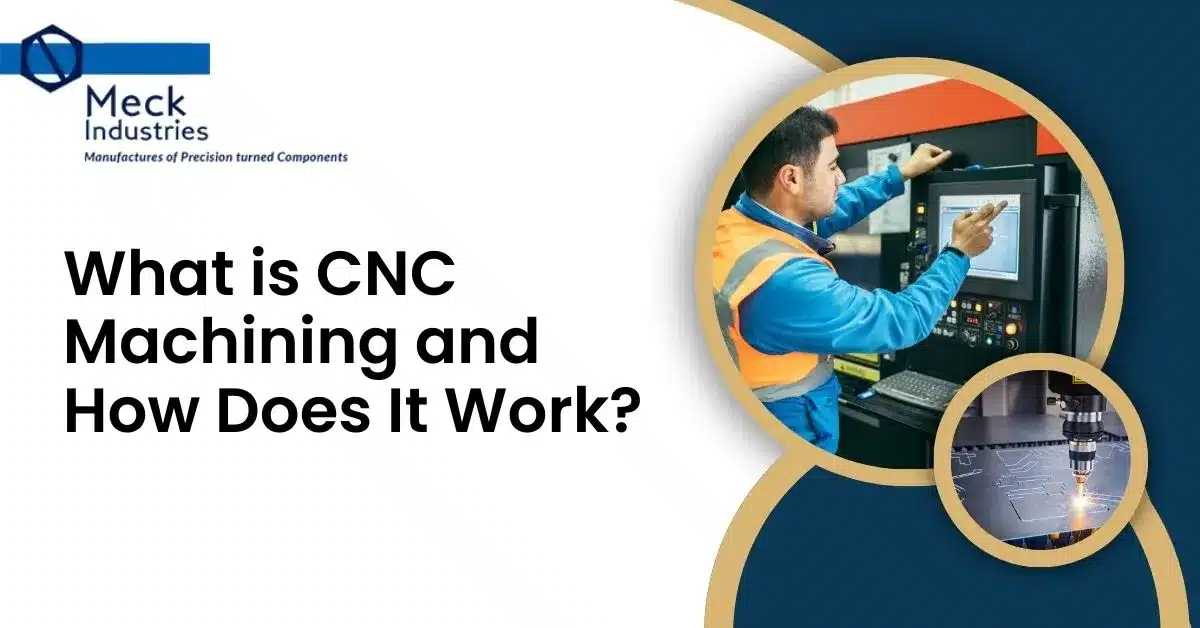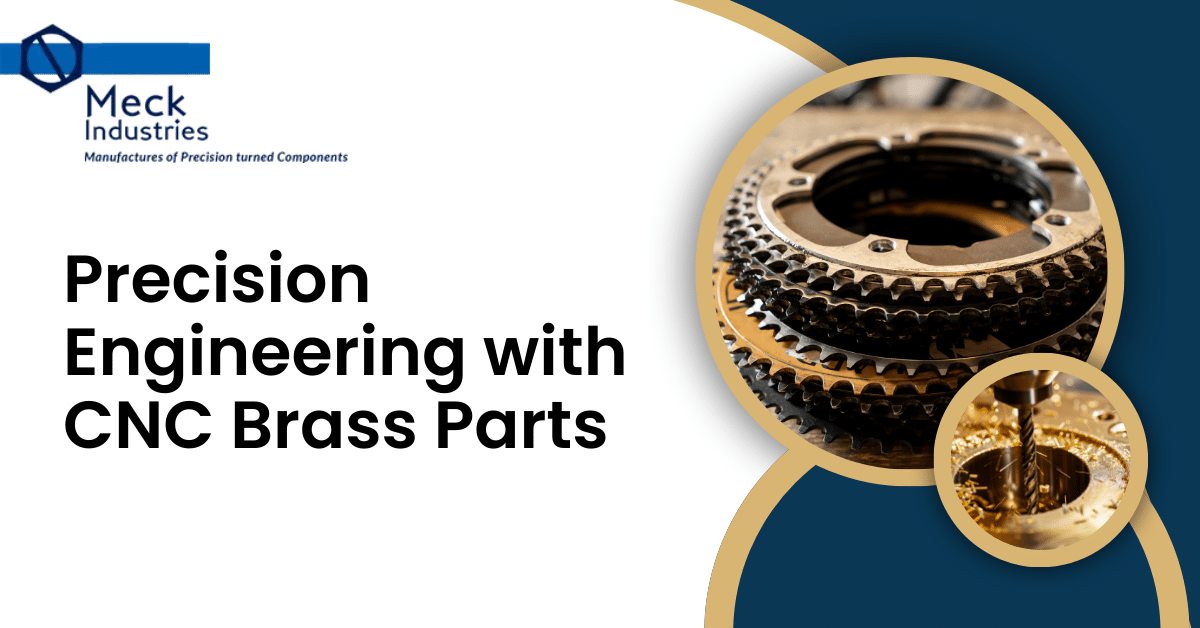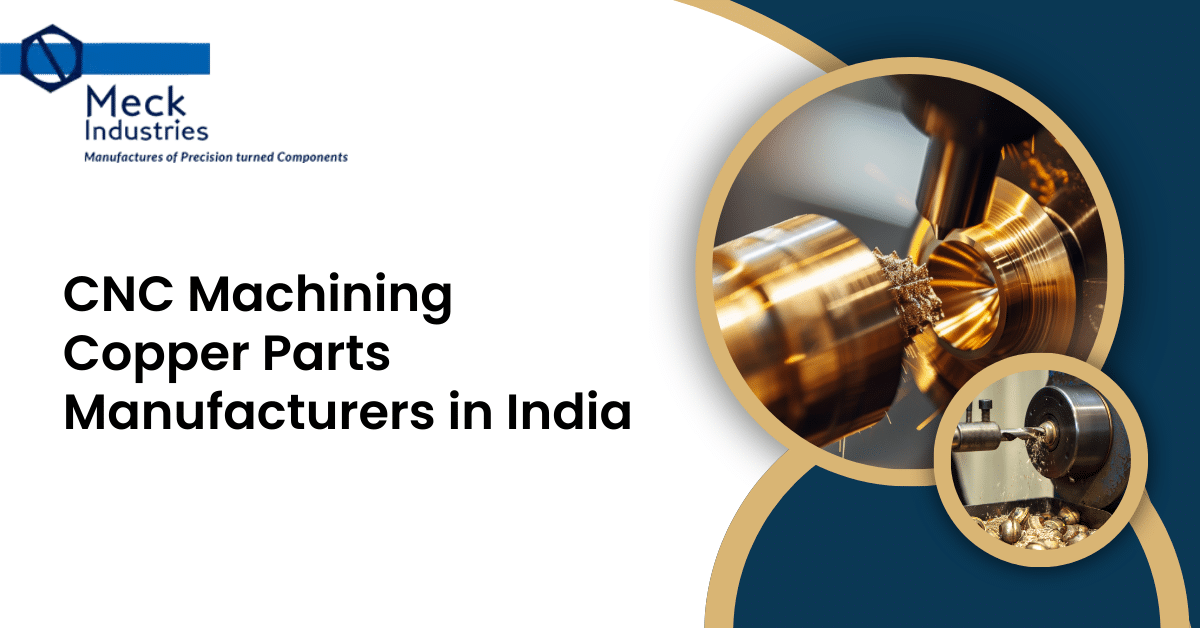
CNC (Computer Numerical Control) machining is a manufacturing process that uses computer software to control machine tools. This technology allows precise and automated production of parts from a range of materials, such as metals, plastics, and composites. CNC machining is widely used across industries such as aerospace, automotive, medical, and electronics due to its efficiency, precision, and ability to handle complex designs.
As a CNC Machine Parts Manufacturer, we specialize in providing high-quality CNC-machined components for various industries, ensuring that each part is crafted with precision and durability to meet the highest standards. Whether you’re looking for custom components or mass-produced parts, our CNC machining capabilities ensure that every part meets your exact specifications.
How CNC Machining Works
CNC machining works by utilizing a computer to direct the operation of machine tools, which can include lathes, mills, drills, and grinders. Here’s a simplified overview of the process:
- Designing the Part The process begins with designing the part using CAD (Computer-Aided Design) software. Engineers or designers create a 3D model that specifies the part’s dimensions, geometry, and other necessary features. Once the design is complete, it is converted into a program written in G-code, which contains a set of instructions for the CNC machine.
- Programming the CNC Machine The G-code is fed into the CNC machine’s computer, which interprets it to control the movements of the machine. The program guides the machine in determining how much material to remove, the direction of the cut, and the type of tool to use.
- Setting Up the Machine After the program is loaded, the workpiece (the material being shaped) is placed on the machine. CNC machines have various setups, including vertical or horizontal milling, lathe turning, and more, depending on the requirements of the job. The machine is then set with the proper cutting tools and adjustments to ensure that the part is produced according to the design specifications.
- Machine Operation Once everything is set up, the CNC machine begins its work. The cutting tools remove material from the workpiece in precise, programmed movements. These machines can perform a variety of tasks, such as drilling, turning, milling, and grinding, depending on the part’s complexity.
- Post-Processing After machining, the part might require additional processes like deburring, polishing, or coating. The finished product is then inspected for accuracy and quality to ensure it meets the required specifications.
Advantages of CNC Machining
CNC machining offers numerous advantages over traditional manual methods, such as:
- Precision and Accuracy: CNC machines can achieve extremely tight tolerances and produce parts with very high precision, often in the micrometre range.
- Automation: Once the machine is programmed, it can operate autonomously, reducing the need for human intervention and increasing production efficiency.
- Complex Shapes: CNC machines can handle complex geometries and intricate designs that would be difficult or impossible to achieve manually.
- Consistency: As the process is automated and controlled by software, CNC machining ensures consistent quality and repeatability for mass production runs.
- Flexibility: CNC machines can be quickly reprogrammed to handle different tasks, making them ideal for short-run production or prototyping.
Types of CNC Machines
CNC machining encompasses several types of machines, each specialized for different tasks:
- CNC Mills: Used for cutting and shaping parts using rotating cutting tools. CNC milling can handle complex parts and high-precision work.
- CNC Lathes: These are used for turning and shaping cylindrical parts. CNC lathes are ideal for making parts like shafts and gears.
- CNC Routers: These machines are often used for cutting large materials such as wood, plastics, and metals.
- CNC EDM (Electrical Discharge Machining): A process that uses electrical discharges to remove material from a workpiece. It’s used for hard metals and precision cutting.
- CNC Laser Cutters: Laser cutters use high-powered lasers to cut or engrave materials, particularly metals, and plastics.
Applications of CNC Machining
CNC machining is used in a broad range of applications, from prototype development to high-volume manufacturing. Some common applications include:
- Aerospace Components: The aerospace industry relies on CNC machining for producing high-precision parts like turbine blades, engine components, and landing gear.
- Automotive Parts: CNC machining is used to manufacture critical automotive components such as engine parts, gears, and transmission systems.
- Medical Devices: CNC machines are used to create medical instruments, implants, and prosthetics, where precision and quality are critical.
- Consumer Electronics: Many consumer electronics, such as phone casings, connectors, and circuit boards, are made using CNC machining.
Frequently Asked Questions
How does a CNC machine work step by step?
A CNC machine works by following a step-by-step process: First, a design is created on CAD software, then converted to G-code, which is fed into the machine. The machine uses this code to precisely control movements and operations, such as cutting, drilling, or milling, to produce the desired part.
What is CNC machining in simple terms?
CNC machining is a manufacturing process where computer-controlled machines use automated tools to shape, cut, and carve materials into precise parts based on digital designs.
What is the working principle of a CNC machine?
The working principle of a CNC machine involves using a computer to control the movement and operation of machine tools, allowing for high precision, repeatability, and automation in the manufacturing process.
Conclusion
CNC machining is a highly versatile and precise manufacturing process that has revolutionized the way parts and products are made. Its ability to produce complex and high-precision components with high repeatability makes it an indispensable tool in various industries. As a CNC Machine Parts Manufacturer, we are committed to providing high-quality, customized parts to meet your specific needs. Whether you require one-off components or large-scale production, CNC machining offers the precision and efficiency to get the job done.



